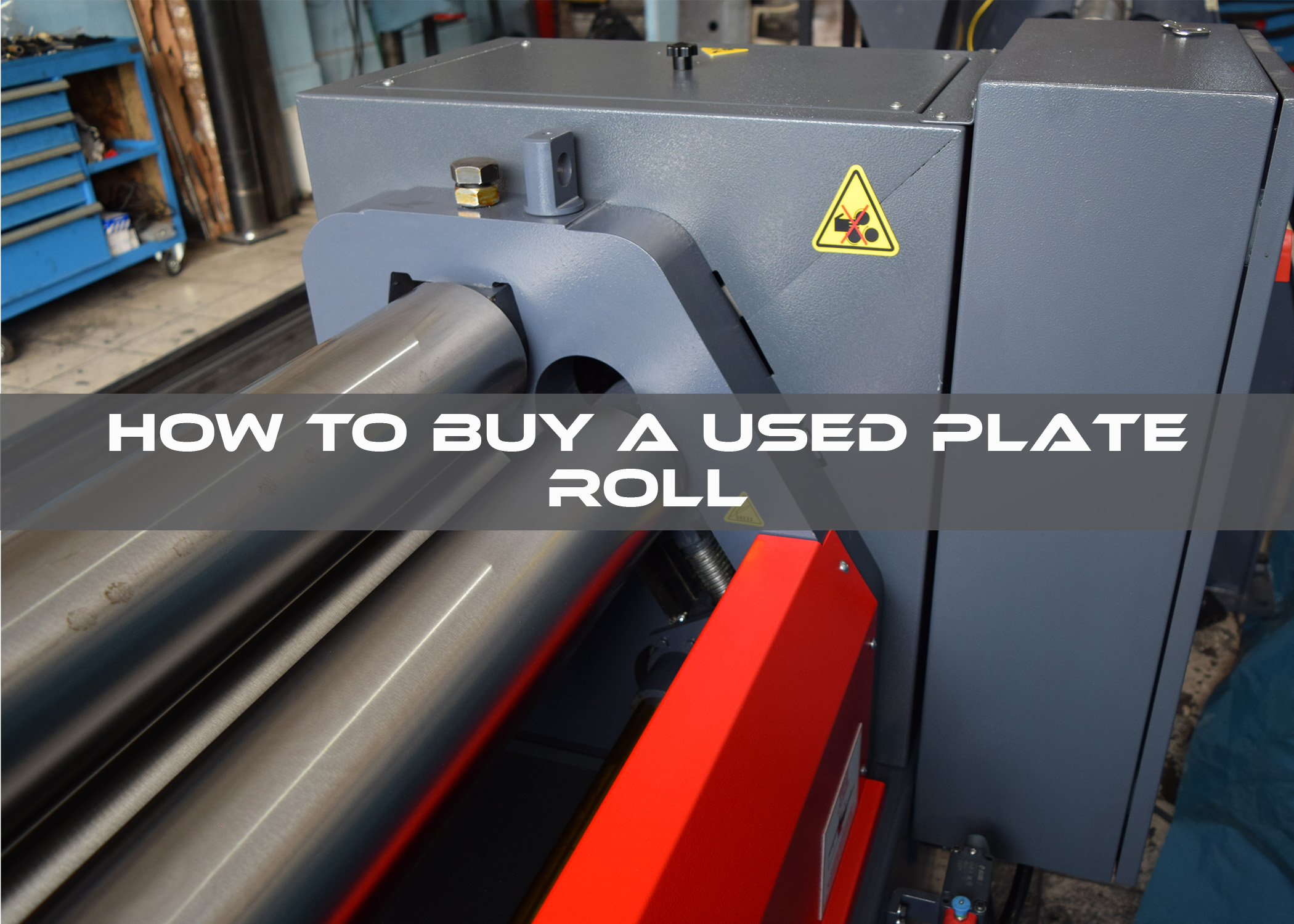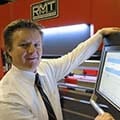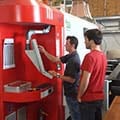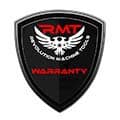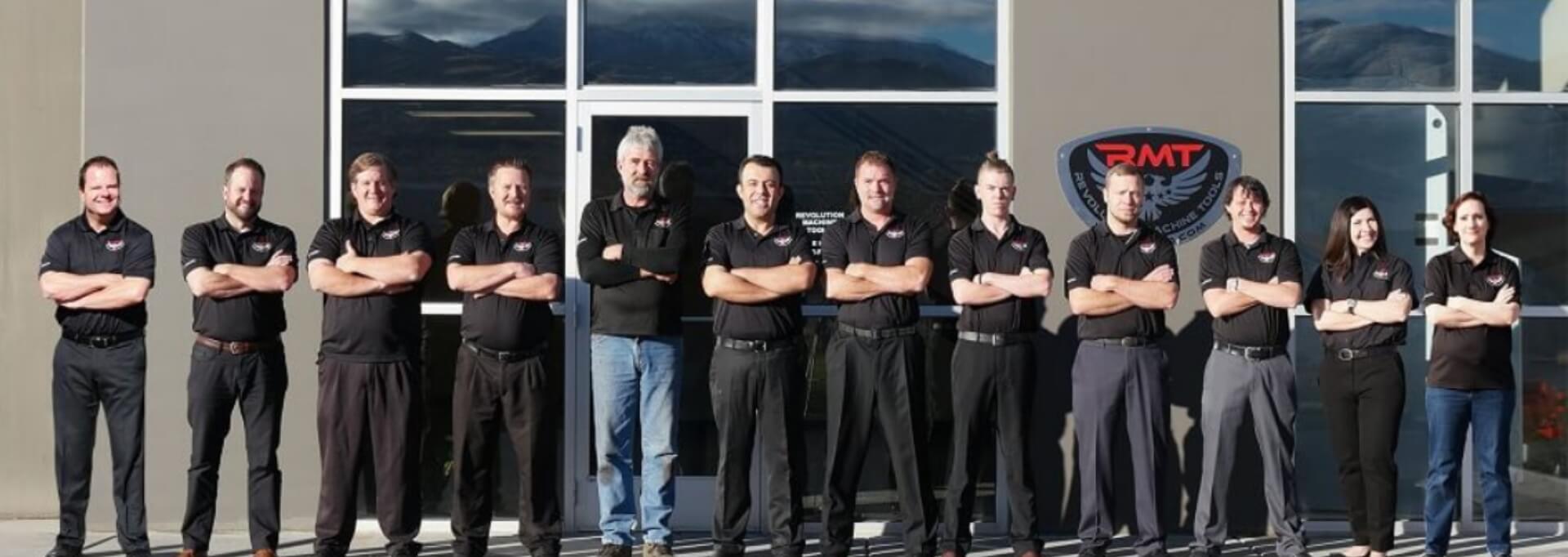A plate roll is an essential piece of equipment in many fabrication shops, enabling the bending and forming of metal plates into curved shapes and cylinders. Investing in a used plate roll can provide significant cost savings over purchasing a new machine, but it also presents some risks if proper precautions aren’t taken. By following a systematic approach, buyers can ensure they acquire a reliable, efficient, and suitable machine for their needs.
Below are ten key steps one should take when purchasing a used plate roll.
Define Your Requirements
Before searching for a used plate roll, clearly define what you need the machine to do. Key factors to consider include:
- Material Type and Thickness. Know the type of metals you’ll be rolling (for example: mild steel, stainless steel, aluminum) and their maximum thickness.
- Rolling Width. Determine the maximum width of the material you intend to roll.
- Rolling Diameter. Understand the smallest and largest diameters you’ll need to achieve.
- Production Volume. Decide whether the machine will be used for high-volume production or occasional projects.
- Roll Configuration. Decide if you need a 2-roll, 3-roll, or 4-roll plate roll, each offering different operational benefits.
- Manual or Hydraulic Operation. Hydraulic rolls are faster and better for heavy-duty work, while manual rolls are suitable for lighter materials and smaller operations.
Having a clear understanding of these factors will narrow your search and prevent you from purchasing an ill-suited machine.
Research the Market
Begin by researching available machines online, in trade publications, and through industry contacts. Some reputable marketplaces for used industrial machinery include MachineTools.com, Surplus Record, and industry-specific auction sites. Compare prices, brands, and models to understand the market range for the type of machine you need.
Focus on reputable brands known for durability and ease of maintenance. Lesser-known brands may cost less upfront but can lead to higher long-term maintenance expenses and part availability issues.
Inspect the Machine Physically
A physical inspection is one of the most critical steps in purchasing a used plate roll. If possible, visit the seller’s facility to see the machine in operation. Key areas to inspect include:
- Roll Condition. Look for signs of wear, such as grooves, pitting, or flat spots on the rolls. Excessive wear can affect rolling quality and require costly regrinding or replacement.
- Frame and Structure. Check for cracks, weld repairs, or signs of stress in the frame and housing. A compromised frame can affect machine accuracy and safety.
- Hydraulic System. For hydraulic machines, inspect hoses, cylinders, and pumps for leaks or signs of wear.
- Control Systems. Ensure that the electrical and control systems work correctly. Test the control panel for responsiveness and check for error codes.
- Bearings and Gears. Listen for unusual noises that could indicate worn bearings or gears.
- Alignment. Verify that the rolls are parallel and properly aligned, as misalignment can lead to uneven bending.
If you’re not mechanically inclined, consider hiring a qualified technician to perform the inspection.
Request Maintenance Records
Request any available maintenance and repair records. A well-maintained machine with regular oil changes, part replacements, and calibrations is far less likely to give you trouble than one with an unknown or poor maintenance history. Look for evidence of major repairs, which could indicate recurring problems or past misuse.
Verify Machine Specifications
Compare the machine’s nameplate specifications with your requirements and verify them against the seller’s claims. Make sure the rolling capacity matches what you need. Some sellers may list maximum capacity based on rolling softer metals like aluminum, whereas you may need to roll harder materials such as stainless steel.
Pay attention to voltage requirements, overall machine dimensions, and weight to ensure the machine will comfortably fit in your shop layout and be compatible with your power supply.
Test the Machine Under Load
If the seller allows, run the machine under load using similar types of material to what you plan to use in your shop. This will give you a clear idea of the machine’s real-world performance. Look for smooth rolling action, consistent pressure, and proper operation of all controls and safety devices.
Evaluate Spare Parts and Service Availability
Check the availability of spare parts and technical support for the specific make and model. Older or discontinued models might have scarce or expensive parts, complicating future repairs. Verify whether the manufacturer or third-party suppliers can provide parts and support.
Negotiate the Price
Once satisfied with the condition and specifications, negotiate the purchase price. Use your market research and any issues found during inspection to justify your offer. Factor in any additional costs you might incur, such as transportation, installation, or immediate repairs.
Arrange for Safe Transport and Installation
Coordinate safe transport for the plate roll, keeping in mind its size and weight. Use a reputable rigging company experienced with heavy industrial equipment. Also, plan for proper installation in your shop, including leveling the machine, connecting it to power and hydraulics, and ensuring adequate safety clearances.
Plan for Training and Safety
Finally, ensure that your operators are properly trained to use the plate roll safely and efficiently. Review the machine’s safety features, including emergency stops, guards, and safety interlocks. Provide refresher training even if your operators have prior experience, as different models may have different operating nuances.
The Used Plate Roll Advantage
Buying a used plate roll can be a cost-effective solution for a fabrication shop, but it requires thorough research, careful inspection, and smart negotiation. By clearly defining your needs, assessing the condition and capabilities of the machine, and ensuring post-purchase support, you can make a confident and informed buying decision. Taking the time to follow these steps will help you avoid costly mistakes and acquire a plate roll that will serve your shop well for years to come.



